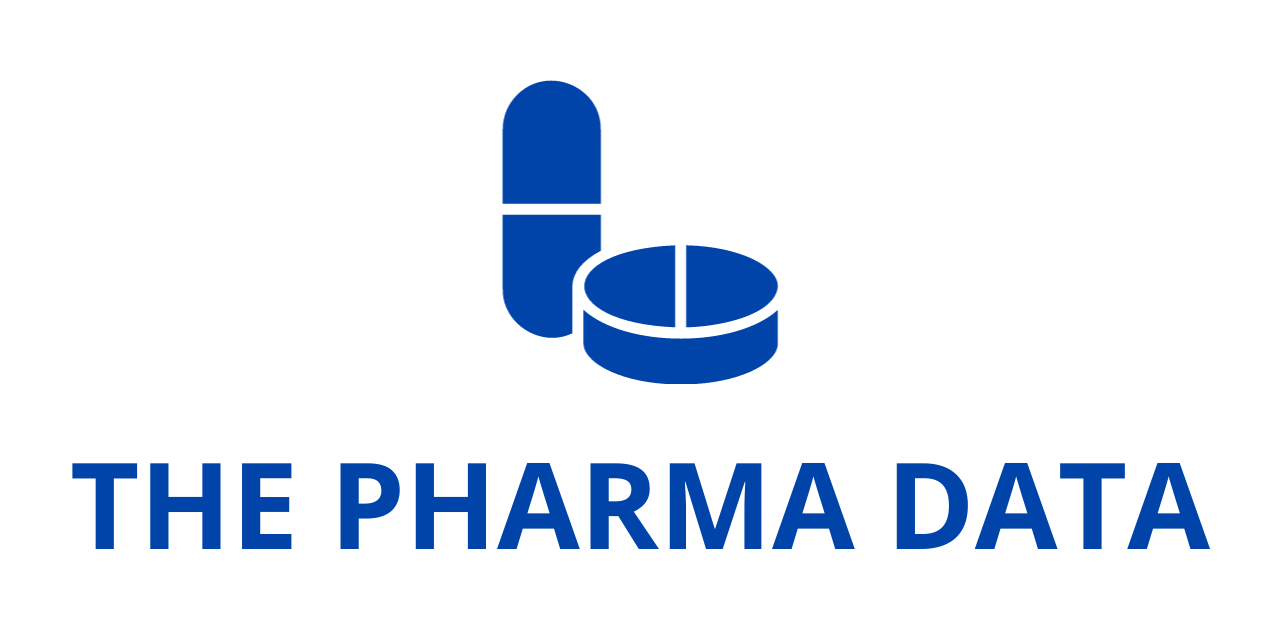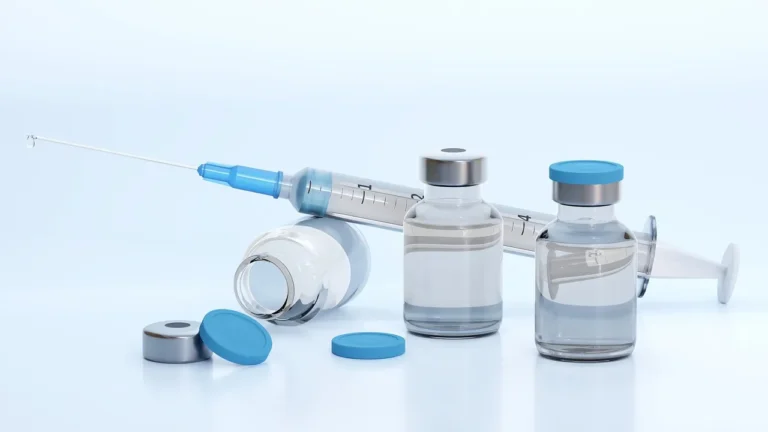
Saphnelo self-administration TULIP-SC Phase III trial meets primary endpoint in patients with systemic lupus erythematosus based on an interim analysis
Positive high-level results from a pre-specified interim analysis of the Phase III TULIP-SC trial in patients with systemic lupus erythematosus (SLE) showed that the subcutaneous (SC) administration of AstraZeneca’s Saphnelo (anifrolumab) demonstrated a statistically significant and clinically meaningful reduction in disease activity compared to placebo.1 The safety profile observed in the interim analysis was consistent with the known clinical profile of Saphnelo administered as an intravenous (IV) infusion.2-4
The TULIP-SC trial evaluated the efficacy and safety of the subcutaneous administration of Saphnelo compared to placebo in participants with moderately to severely active, autoantibody-positive SLE, with both treatment groups receiving standard therapy (oral corticosteroids, antimalarials, and/or immunosuppressants).5
Affecting over 3.4 million people globally, SLE can impact any organ, leading many patients to experience debilitating symptoms, irreversible organ damage and poor health-related quality of life.6-11 While oral corticosteroids are often used to provide relief from symptoms of SLE patients, they are associated with adverse events and short-term benefits without targeting the underlying drivers of the disease, preventing patients from experiencing adequate disease control and achieving remission.12-14 Recent updates to clinical guidelines elevate the importance of treating to target remission or low disease activity and minimising the use of oral corticosteroids.15,16
Susan Manzi, MD, MPH, Professor of Medicine and Chair of the Medicine Institute at Allegheny Health Network, Professor of Medicine at Drexel University College, Philadelphia and principal investigator of the TULIP-SC trial, said: “Today’s results for subcutaneous anifrolumab reinforce the efficacy and safety of this therapy and provide the opportunity for this important biologic to reach a wider group of patients in a more flexible and convenient way. Despite guidelines recommending earlier intervention and biologic treatments, too many people with systemic lupus erythematosus rely on oral corticosteroids, which contribute to irreversible organ damage.”
Sharon Barr, Executive Vice President, BioPharmaceuticals R&D, AstraZeneca, said: “Today’s news takes us one step closer in making the clinically meaningful benefits of Saphnelo accessible for more patients with systemic lupus erythematosus. The TULIP-SC results are especially important because approximately half of systemic lupus erythematosus patients today taking a biologic are already treated with a self-administered subcutaneous option. With Saphnelo, we hope to establish remission as an achievable treatment goal for more patients and we are actively working with regulatory authorities to bring this new administration option to patients as soon as possible.”
The reduction in disease activity in TULIP-SC was measured using the British Isles Lupus Assessment Group based Composite Lupus Assessment (BICLA) at week 52.5 The BICLA requires improvement in all organs with disease activity at baseline with no new flares.5
The TULIP-SC interim results are under regulatory review and will be presented during the American College of Rheumatology (ACR) Convergence 2025 annual meeting, 24-29 October 2025.
Saphnelo IV infusion is approved for the treatment of moderate to severe SLE in more than 70 countries worldwide including the US, EU and Japan with regulatory reviews ongoing in other countries. To date, more than 38,000 patients globally have been treated with Saphnelo.17
Notes
Financial considerations
AstraZeneca acquired global rights to Saphnelo through an exclusive license and collaboration agreement with Medarex, Inc. in 2004. The option for Medarex to co-promote the product expired on its acquisition by Bristol-Myers Squibb (BMS) in 2009. Under the agreement AstraZeneca will pay BMS a low to mid-teens royalty for sales dependent on geography.
Systemic lupus erythematosus
SLE is an autoimmune disease in which the immune system attacks healthy tissue in the body.18 It is a chronic and complex disease with a variety of clinical manifestations that can impact many organs and can cause a range of symptoms, including pain, rashes, fatigue, swelling in joints and fevers.9
Over 3.4 million people globally are affected by SLE, and it is among the leading causes of death in young women in the US.7,19 Living with SLE can be painful, debilitating, have a profound impact on patients’ mental and financial well-being, and disproportionately affects women in their prime, and those of Asian, Black or Hispanic racial/ ethnic backgrounds.6,7,11,20,21
An estimated 50% of people with SLE have irreversible organ damage within five years of diagnosis due to long-term corticosteroid use and disease activity.13,21,22 Even a small reduction in daily steroid use (for example 1 mg/day) can lower the risk of organ damage.23





